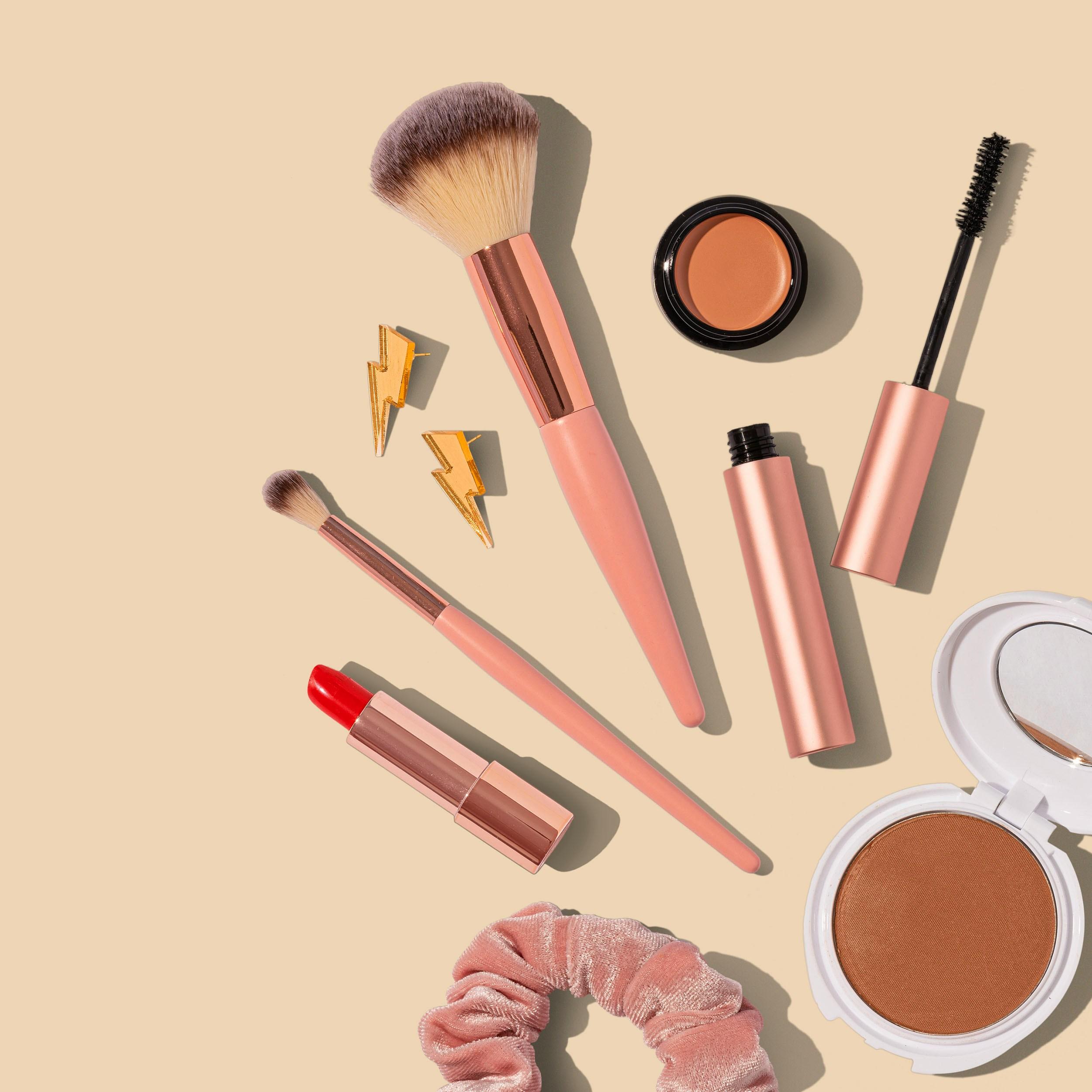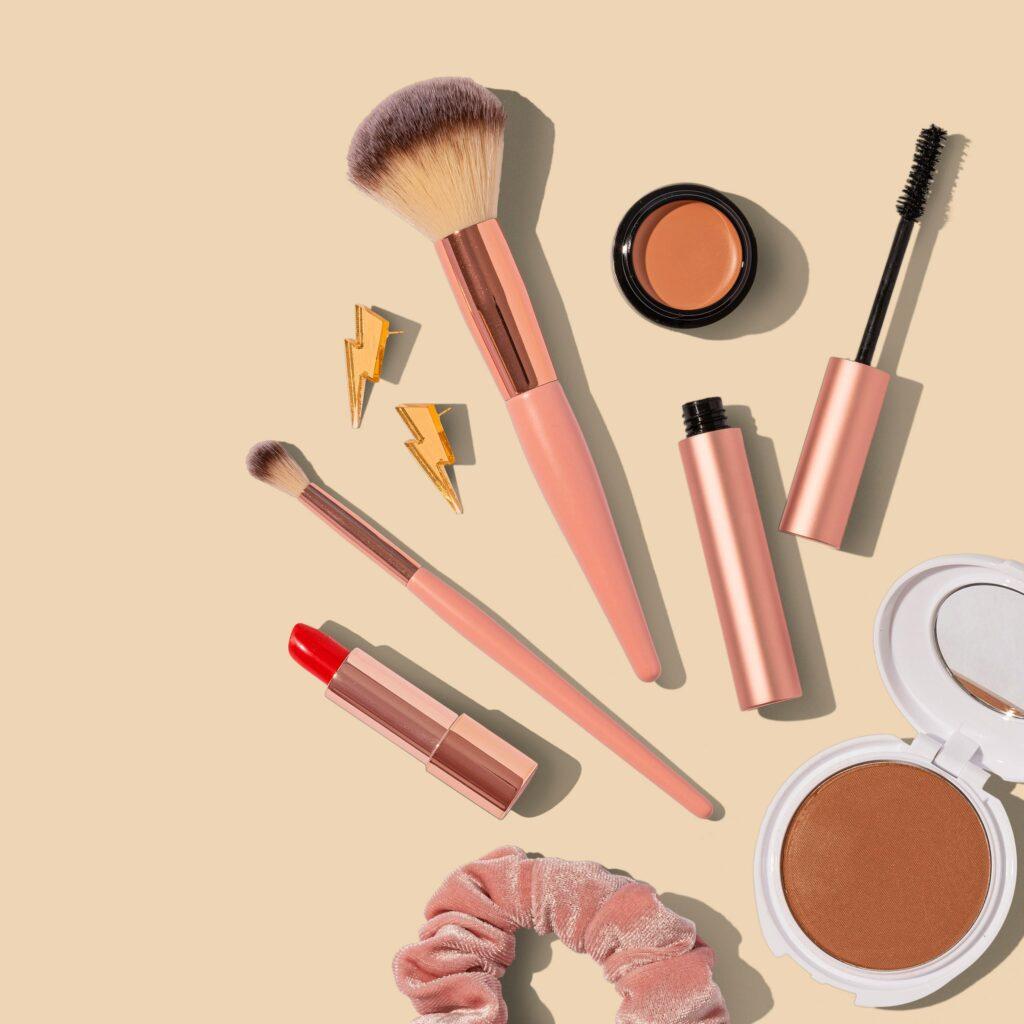When Is The Right Time To Talk To Children About Beauty & How To Do It
My kids know I create content about beauty, skincare, and wellness. They joke, poke fun, and ask questions whenever they see me getting ready or filming content. It all feels sweet and innocent right now, but I know there will be a day when it won’t be, and I need to be ready to talk to my children about beauty (and all the other topics that come with it — appearance, body image, self-confidence, self-esteem, comparison, etc). So, I did some research and pulled from personal experience to share some facts and tips on how and when to talk to children about beauty.
Table of Contents
When do children start thinking about beauty and appearance?
In a study conducted in Spain among preschoolers ages 4-6 years old about what they think their body looks like vs what they wished their bodies looked like, the conclusion was until the age of 5-6 years old kids relate their body and perception of other people’s body shapes and sizes based on things like favorite TV show characters, superheroes (“I want to fly fast like Superman, that’s why I wish I was bigger”), a parent (“be tall and strong like Dad”) or pregnant mum( “don’t want a big tummy because I don’t want a baby”). Kids have limited vocabulary and are developmentally still building their understanding of the world at that age, relating in absolute concepts with words like “thin”, “fat”, “big”, “small”, “good”, “bad” etc. to be quite literal in the description of sizes and shapes. This is all to say kids are quite innocent and uninfluenced until a certain age.
Closer to 8 years old things start to shift because children have expanded vocabulary, higher emotional intelligence, and deeper understanding of the world around them and the people in it. They can start to experience body image and self-esteem issues like adults do.
When to talk to children about beauty, appearance, physical abilities, comparison, and related concepts
The studies are not wrong about this. As the parent to a 7-and-a-half-year-old boy, I see the subtle differences in how he relates to his peers and compares himself. For example, he was telling me a story in which his soccer coach from a school club created a game with multiple levels and the objective was to pass each level using kicking and running skills. He said to me “I was stuck at level 1 because I can’t run as fast and my friends go to level 9 so quickly”. And he’s repeated this story a few times whenever we talk about soccer or sports.
I took this as a sign that it was time to help him navigate through the murky waters of comparison and self-esteem.
Figure out how your child processes information
Every child processes information differently. My son is all about the facts and questions and reasons while my daughter needs everything to be fun and playful and a “competition” whenever I explain anything (she’s 4, this is not a surprise, it may shift as she gets older).
Once you know this, then you can be strategic about how to deliver the information in a way that resonates with your kid.
Keep the conversations simple and focus on language
I didn’t want my son to focus on the fact that he “can’t run as fast” as his friends; I needed to switch up the narrative to give my son agency over the situation.
So, I took a factual approach. I told him that the ability to run fast is mostly linked to how much effort we put into practicing running and exercising (moving). And I asked him “Do you run and play as much as your friends at school?”. He replied, “No, I don’t like running. I like doing other stuff”. I told him that was fine, but for soccer (or any other sport) he would have to practice running more if he wanted to pass the levels as quickly as his friends. I left it at that and let him decide if that was important to him. It’s his choice and I always want him to feel in control of his feelings in situations like this.
Lead by example
Kids are influenced by what they see. In the same study, it was noted that kids’ behaviors and choices are most influenced by the primary caregiver aka the person they spend the most time with.
My kids love storming in whenever I am doing skincare. They always ask me “Why are you wearing that cream?”. My response is “Because we have to take care of our skin. Do you see how soft your skin is? Now touch mama’s — it’s not as soft as yours, right? So, mama has to clean her face and put cream to have soft skin like you”.
I have also explained the importance of wearing sunscreen every day in a basic way: “The sun rays are very strong and they can hurt your skin, so you have to wear sunscreen in the morning to protect your skin every day”.
The same goes for moisturizer at night. My kids know their skincare routines and I don’t think it’s ever too young to teach them good habits and help them understand why it’s a good habit. This second part is the key: lead by example.
When should children start using makeup?
Now let’s talk about using makeup.
A Mintel study reveals that in the U.S., 80% of 9-11-year-olds use some kind of beauty and personal care products. More than 50% of 12-14-year-olds use eye makeup products like mascara, eyeshadow, eyeliner, and eyebrow pencils. Usage of skin coverage products (foundation and concealer) and blush/bronzer is lower in this age bracket.
As mentioned before, research tells us that cognitively and emotionally kids start to become more self-aware around 8. It’s not shocking that tweens (kids aged 8-12) are using, or more likely experimenting, with beauty products. After all, it is a right of passage and we’ve all been through it.
So, is there a right age to start using makeup?
No. But there is a right way.
How to introduce makeup to kids
Here are some tips on how to talk to children about beauty and makeup
Identify and communicate your boundaries
It’s important as a parent or guardian to set your boundaries about makeup and be ready to enforce and explain them. What are you okay with? What are you not okay with?
You know the questions and arguments are coming, so be ready to answer and hold your ground.
Move the focus away from the “makeup makes me feel pretty” discourse
If your kid is asking about makeup, playing with your beauty products, or showing interest in trying something, be very honest about what the beauty product does i.e. lip balm makes your lips soft, concealer covers up spots, mascara makes your eyelashes look longer, and explain why you are using it. Be matter of fact (I tell my kids it’s how I get ready for the day as a grown-up to do work, run errands, and meet people) and avoid statements like “makes me feel pretty”. If they’re keen to try makeup and you think it’s okay, go for it. Your kids are likely in an experimental phase anyway, so they might as well do it with your guidance.
Start with skin health
Educate on skin health first. If they’re pushing to use beauty products, try setting up a skincare routine first. Explain all the steps — cleanser, moisturizer, sunscreen — and drive home the importance of sticking to the routine for good and clear skin in the long run. Especially, cleansing the face at the end of the day to remove all the dirt and product build-up during the day. If they’re old enough, explain that most beauty products have ingredients (alcohol, fragrance, heavy oils) that can harm young skin (use words like irritation, rash, redness, allergy, dry out to drive the point home). Acne is a big skin concern for many tweens and teens and it’s important to educate why it happens and how to manage it. Makeup is not a solution for skin concerns — they need to be educated on this.
Related:
Skincare For Kids And Babies: A Simple Guide
Best Skincare For Teens: A Simple Guide To Managing Acne
Go shopping together, but agree on some ground rules first
Choose a retailer, store, or brand and budget that makes sense for your family (remember the boundaries we talked about earlier) and explore products together. Explain your “rules” and reach an agreement before shopping, so there’s less room for arguments and disappointment. Make the experience fun and easy while sticking to your boundaries. Encourage skin-like makeup products such as tinted sunscreen, lip glosses and balms, or cream blush for first-time makeup users.
You can’t ignore the impact of social media…
As a beauty content creator, I’m very cognizant of the fact that what I do can be viewed as a catalyst for children’s early exposure to makeup and beauty products, especially where my kids are concerned. But the truth is they’re also Gen Alpha, kids born after 2010, and the first generation of kids to have daily lives led by digital content and devices. It’s physically impossible to stop them from being exposed to and learning about things like beauty and makeup “too soon”. But I can choose what they’re learning, the source, and how to shape the information so that it doesn’t chip away at their innocence and self-esteem (too quickly, anyways).


